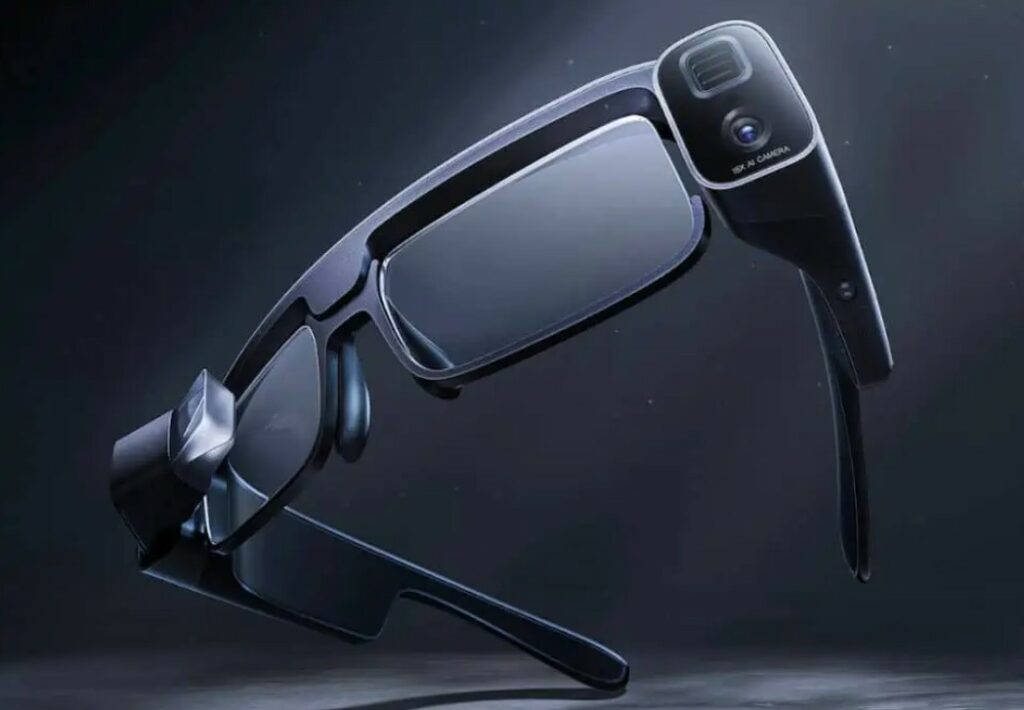
8-3 #Poking : OnePlus will cooperate with TP-LINK; Samsung is developing a new display refresh rate technology; SK hynix has developed its first DDR5 DRAM-based CXL memory samples; etc.

Google is announcing the expansion of partnership with SkyWater Technology. Google is working together to release an open source process design kit (PDK) for SKY90-FD, SkyWater’s commercial 90nm fully depleted silicon on insulator (FDSOI) CMOS process technology. SKY90-FD is based on MIT Lincoln Laboratory’s 90nm commercial FDSOI technology, and enables designers to create complex integrated circuits for a diverse range of applications. Over the last 2 years, Google and SkyWater Technology have partnered to make building open silicon accessible to all developers, starting with the open source release of the SKY130 PDK and continuing with a series of no-cost manufacturing shuttles for developers in the open source hardware ecosystem.(My Drivers, Google, Sina, SkyWater)
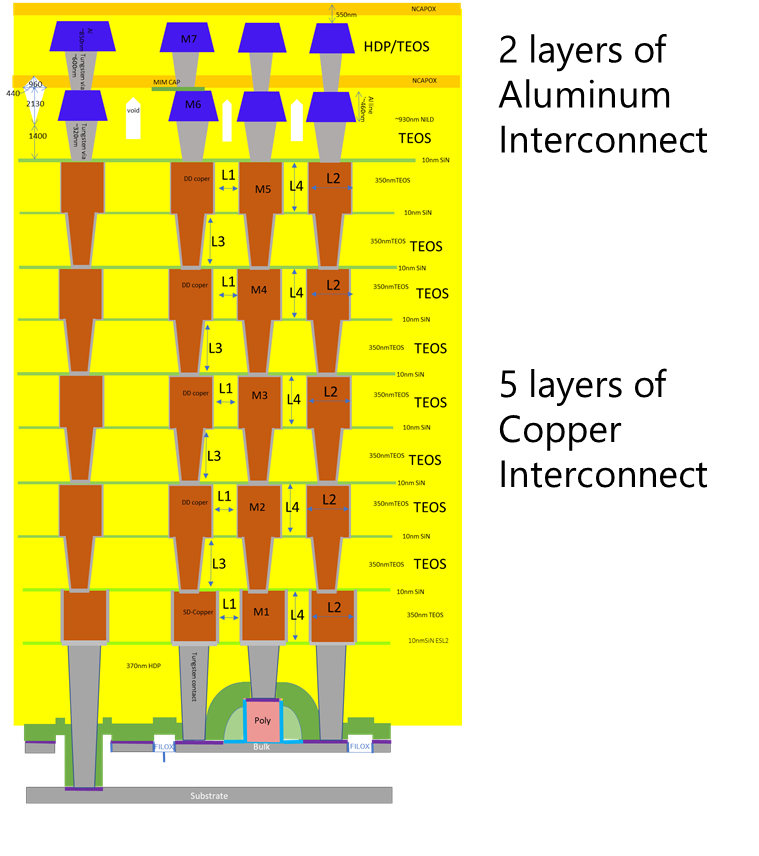

Samsung is developing a new display refresh rate technology for mobile devices. A new patent application by Samsung describes a display technology that can apply different refresh rates simultaneously across multiple screen areas. The recent patent describes “A method of driving display with multiple refresh rates” and an “electronic device that drives a plurality of display areas of a display with different driving frequencies”. In other words, Samsung’s future refresh rate technology might be able to render one part of the display at 30Hz or 60Hz, and another portion at 120Hz.(Laoyaoba, Inferse, SamMobile, Bloomberg, GalaxyClub, KIPRIS)
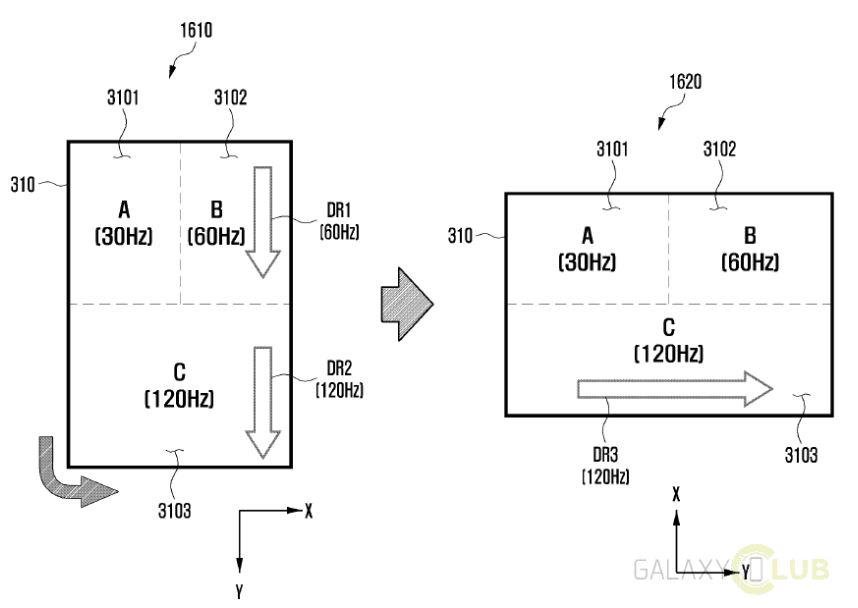
LED display market Leyard Optoelectronics has announced that it developed the world’s first mass-produced microLED display that uses quantum dots color conversion technology. Leyard has collaborated with Saphlux (of which it owns around 12%). Leyard adopted Saphlux’s NPQD R1 micro LED technology, and have completed the development and testing of the display technology, and now it can mass produce NPQD-powered displays. The NPQD technology makes use of a nanopore structure to deposit the quantum dots on blue microLED chips. Saphlux says that the nanoporous structure has a unique scattering effect, which enhances light conversion efficiency and the reliability of the quantum dots. The solution also provides a wide color gamut, good color consistency and high efficiency.(Laoyaoba, Microled-Info, Sohu)

Samsung’s M12 OLED panel will reportedly be used on all Apple’s next iPhone models including iPhone 14, iPhone 14 Max, iPhone 14 Pro and iPhone 14 Pro Max. Ross Young, the CEO of Display Supply Chain Consultant, has said that all iPhone 14 versions will include Samsung’s “M12 OLED material set” display technology. (CN Beta, Mashable, The Hans India)
BOE has said that the company has always been committed to customer first, quality first, and maintained a good cooperative relationship with Honor. It has supplied flexible AMOLED displays for Honor Magic3, Honor 60, Honor Magic4 and other products. In addition, it is also based on BOE’’s high-end flexible display technology brand f. -OLED, supplying flexible screens for Honor Magic V foldable products.(Laoyaoba, Sina, 163.com)


According to TF Securities analyst Ming-Chi Kuo, the shipment allocation of Sunny Optical’s high-end wide 7P lens (used in Apple’s two high-end iPhone 14 Pro) and lower-end wide 7P lens (used in two lower-end iPhone 14) was 50–60% and 55- 65%, respectively. The proportion of the supply of Largan and Genius is about the same. Sunny Optical’s capacity has increased significantly, so the company will continue the price war to obtain more Apple orders and raise utilization. Largan’s wide 7P lens ASP is 15–25% higher than that of Sunny Optical and Genius. Therefore, Sunny Optical’s market share gain has a lower negative impact on Largan’s profit. Sunny Optical may become the main supplier of the ToF lens for iPhone 15 in 2023. Genius is the main supplier of the existing ToF lenses, so that it will be more negatively affected than Largan. (Apple Insider, Twitter, Medium)
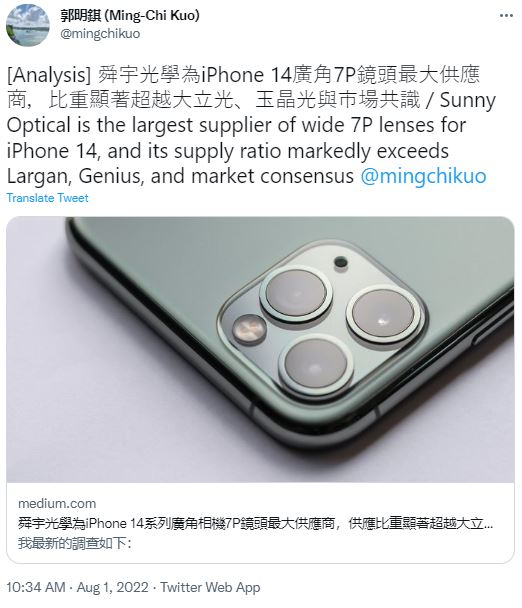

SK hynix has developed its first DDR5 DRAM-based CXL (Compute Express Link) memory samples and strengthened its presence in next-generation memory solutions market. The form factor of the sample is EDSFF (Enterprise & Data Center Standard Form Factor) E3.S and it supports PCIe 5.0 x8 Lane, uses DDR5 standard DRAM and is equipped with CXL controllers. CXL), which is based on PCIe (Peripheral Component Interconnect Express)2), is a new standardized interface that helps increase the efficiency of utilizing CPUs, GPUs, accelerators, and memory. The first CXL memory device developed by SK hynix is a 96GB product composed of 24Gb DDR5 DRAMs based on 1anm, which is the latest tech node. SK hynix aims to mass-produce CXL memory products by 2023, and will continue to develop cutting-edge DRAM technologies and advanced packaging technologies to launch various CXL-based bandwidth / capacity expandable memory solution products.(CN Beta, SK hynix, Korea Herald, KED Global, EE Times, Pulse News)
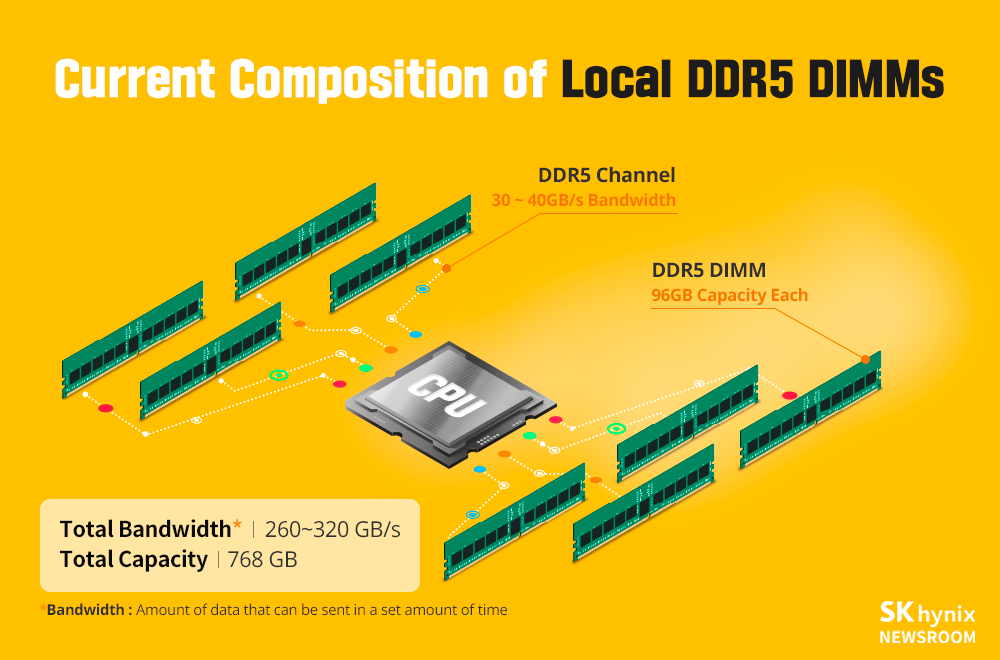
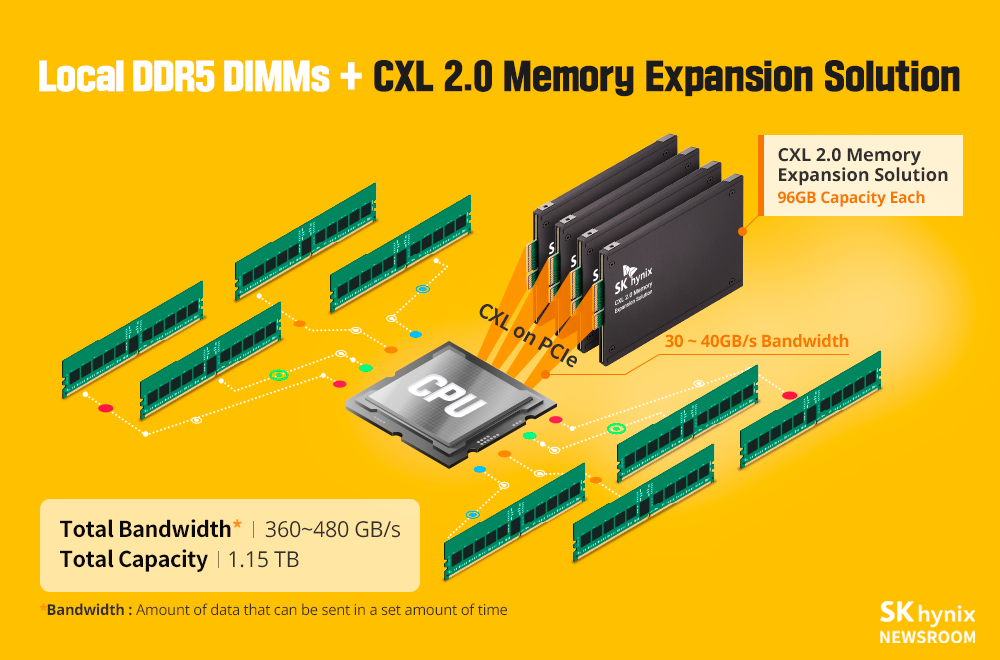
SK Hynix has announced that it has developed the industry’s highest 238-layer NAND Flash product. The company has recently shipped samples of the 238-layer 512Gb triple level cell (TLC) 4D NAND product to customers with a plan to start mass production in 1H23. The data-transfer speed of the 238-layer product is 2.4Gb per second, a 50% increase from the previous generation. The volume of the energy consumed for data reading has decreased by 21%, an achievement that also meets the company’s ESG commitment. Intel’s NAND business was renamed Solidigm after it was acquired by SK Hynix, which together with SK Hynix accounted for 18% of the global NAND flash memory market, second only to Samsung’s 35.3% and Kioxia’s 18.9%.(CN Beta, Reuters, PR Newswire, Korea Herald)
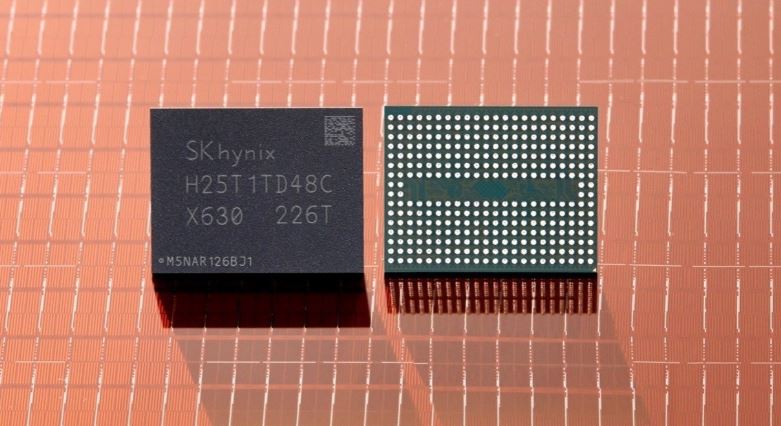

Prime Planet Energy & Solutions (PPES), the battery joint venture of Toyota and Panasonic, has signed a binding offtake agreement with Ioneer for lithium carbonate from Ioneer’s Rhyolite Ridge project in Nevada. Under the agreement, Ioneer will supply 4,000 tonnes of lithium carbonate per year over a 5-year period to Prime Planet Energy & Solutions (PPES) for use in batteries in US electric vehicles – a total of 20,000 tonnes. According to the announcement, the 4,000 tonnes represent about 19% of the annual production of the first 5 years of production.(CN Beta, PR Newswire, Electrive)
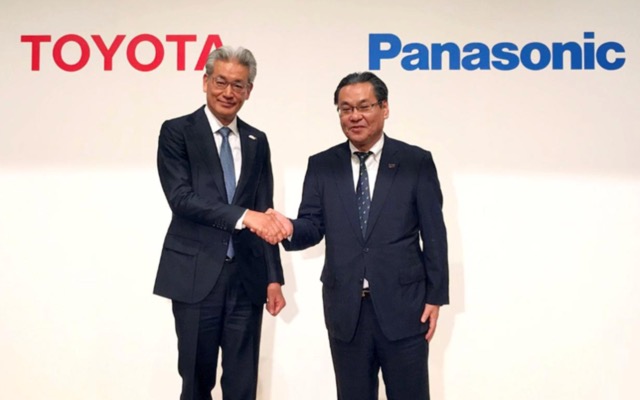
SK On has said in its ESG report that in order to reduce carbon emissions and secure material supply, it will invest in the construction of a lithium recycling plant within 2022, and it plans to start operations in the United States and Europe in 2025. Ternary lithium (NCM) batteries are mainly produced by three Korean battery manufacturers, LG Energy Solutions, Samsung SDI, and SK On. SK Innovation says the technology is capable of recycling more than 80% of electric vehicle battery components and recycles key materials such as higher-purity nickel, cobalt, and manganese, which account for more than 30% of battery costs.(Laoyaoba, Business Korea, Skinno News)
Connectivity
The entire world utilizes the building of 5G networks to meet the needs of individual users and vertical industries and, as the ubiquity of 5Q continues to broaden, its applications cover the medical, education, industry, and agriculture sectors, forming a business model that can be replicated and promoted, and accelerating development of its network scale. TrendForce estimates that Huawei, Ericsson, and Nokia will account for 74.5% of the global base station market in 2022. Huawei is actively expanding in markets such as South Africa, Saudi Arabia, Turkey, Vietnam, and Brazil. Recently, it has partnered with operators such as MTN and Rain in South Africa to build more than 2,500 5G base stations. Ericsson has extended its reach to the UK, Saudi Arabia, Spain, Belgium, Luxembourg, and Lithuania, providing 5G private network solutions for BT and Saudi Telecommunication. (Laoyaoba, TrendForce, TrendForce)
OnePlus has officially announced that it will cooperate with TP-LINK. The new OnePlus Ace Pro has 360° high performance surround antennas with 15 antennas, as well as multi-scene network optimization. In addition, OnePlus has also partnered with TP-LINK router to prioritize the transmission of game data and the use of channel resources. According to TP-LINK, its routers are being linked with ColorOS-equipped phones. Officially, the TP-LINK router that currently supports ColorOS interconnection is the TP-LINK TL-XDR5480 Easy Show Turbo Edition.(My Drivers, IT Home, 163.com)

Nothing is believed to be already working on its second device, which is believed to be a “Lite” version of Nothing Phone (1). The second Nothing phone is expected to be a more budget-friendly option than the Phone (1) which starts at INR32,999. While this device will come with the same display, processor and cameras as the Phone (1), there will be two important points of difference – it will have a plain glass back (no LEDs, no Glyph Interface) and will come with no support for wireless charging. It will, however, have a 42W charger in the box, although it too will support only 33W charging.(CN Beta, The Mobile Indian)
Samsung Galaxy Z Flip4 may be available in a whopping 73 unique color options. The new clamshell foldable will primarily come in Blue, Bora Purple, Graphite, and Pink Gold. Samsung is also launching a Bespoke Edition of the phone and it will be available in dozens more colors or colour combinations. Samsung will offer Black, Silver, and Gold color options for the frame. Buyers can also choose one or two of the five different colors for the back panels: Green, Navy, Red, Yellow, and White. The list mentions a total of 69 color combinations. Adding the four standard colorways, the Galaxy Z Flip 4 will get 73 unique color options.(CN Beta, Android Headlines, Reddit)
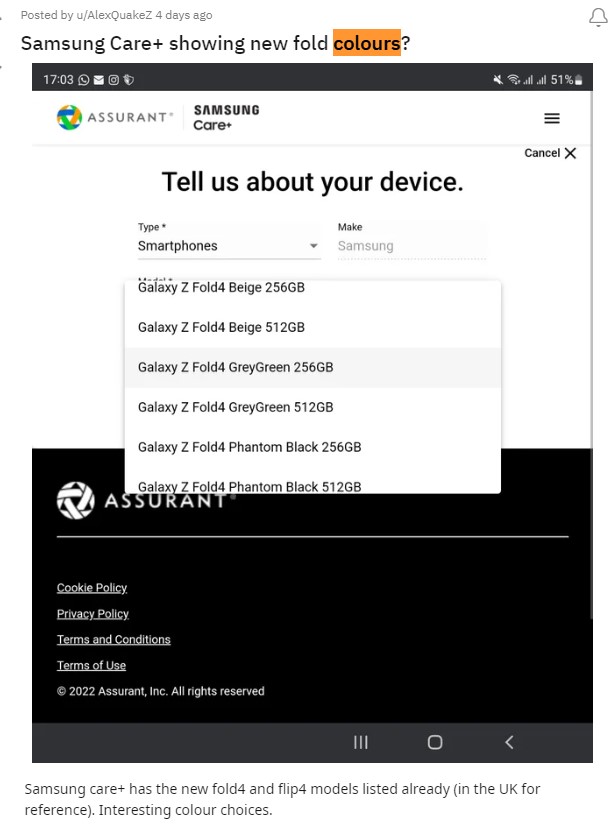
Samsung is seeking unmanned factories in a move that other major South Korean manufacturers are sure to follow as the falling population is set to cause a manpower shortage. Samsung has recently formed a task force to make key plants unmanned factories by as soon as 2030 with systems allowing all production processes to be operated with automated machines.(My Drivers, KED Global)
According to data from CINNO Research, in 1H22, the sales volume of smartphones in the Chinese market was about 134M units, a YoY decrease of 16.9%. Among them, the sales volume of smartphones in mainland China in Jun 2022 was approximately 23.2M units, an increase of 21.3% from the previous month. The agency predicts that the sales performance in 2H22 may be better than that in 1H22, mainly due to the effective control of the domestic epidemic situation, the ease of the shortage of upstream core components, the release of suppressed consumer demand, and the gradual adjustment of the inventory levels of major mobile phones to suitable level. (CINNO Research, Laoyaoba)
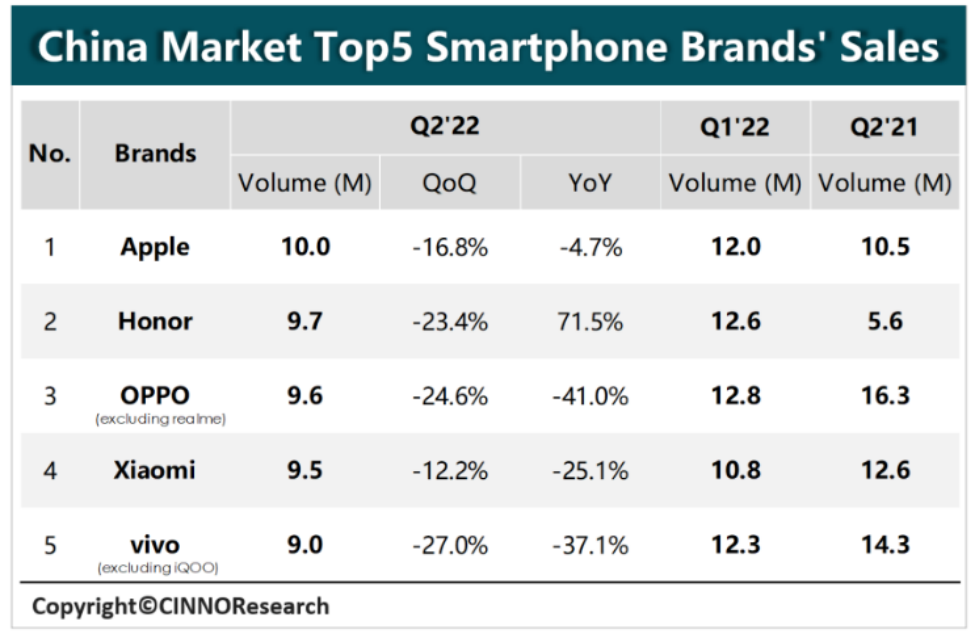
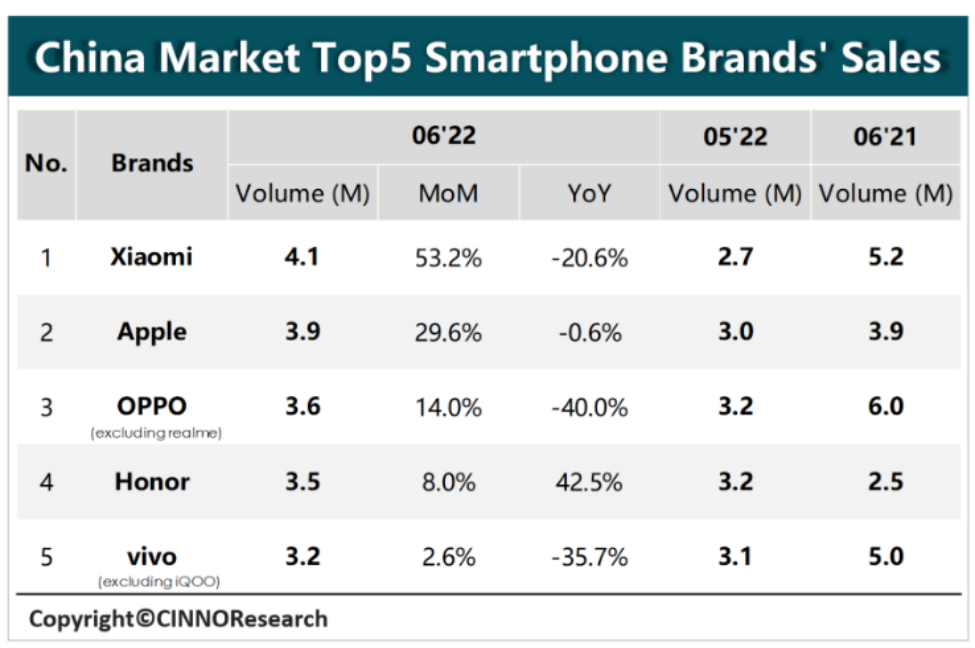
Samsung has announced a new self-repair program for its Galaxy S20 and S21 phones, and the Galaxy Tab 7 Plus tablet. Samsung is partnering with the well-known repair guide and gadget teardown company iFixit for this new self-repair program. Owners can buy repair kits to replace the devices’ screen, back glass, and charging port. Samsung will add more phones and parts to the program in the near future.(Digital Trends, Android Authority, CN Beta, iFixit, The Verge)
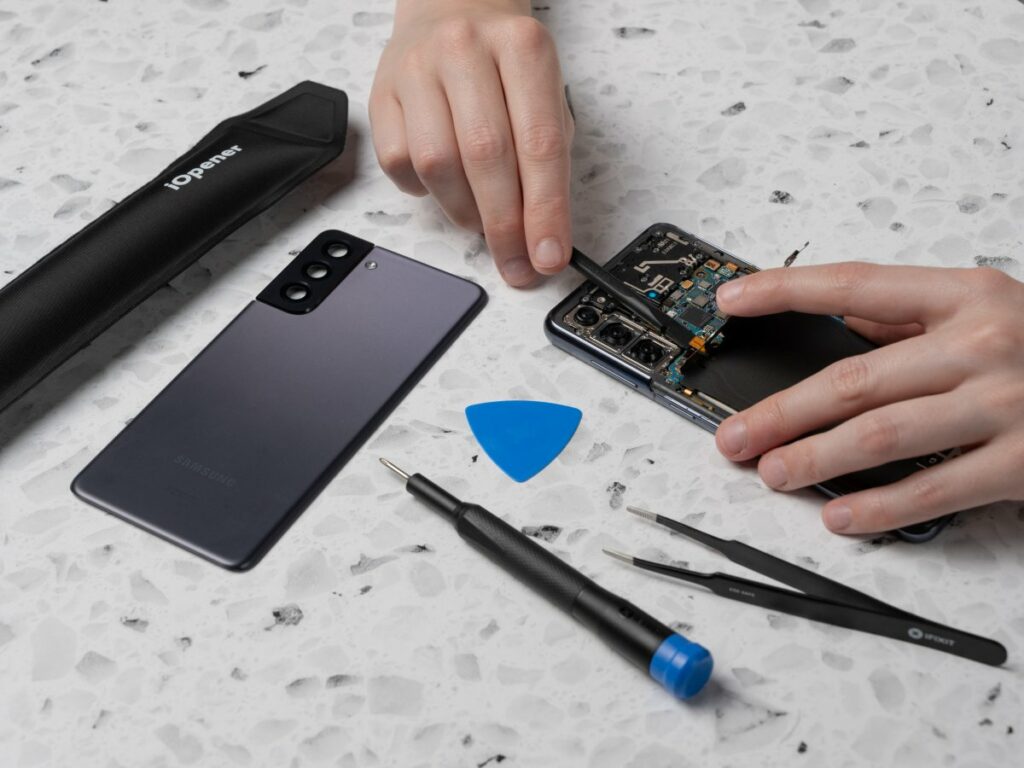
According to Counterpoint Research, the Europe smartphone market declined by 11% YoY and 13% QoQ to 40M units in 2Q22, the lowest quarterly total since 2Q20. A deteriorating macro climate and geopolitical uncertainly were the main constraints on demand. Samsung and Apple managed to grow shipments and market share YoY, although both declined QoQ due to their withdrawal from the Russian market. Xiaomi and OPPO, hit by China lockdowns, suffered double digit YoY declines in their respective shipments. realme continued its European expansion with double digit YoY shipment growth in 2Q22. (Apple Insider, Counterpoint Research)
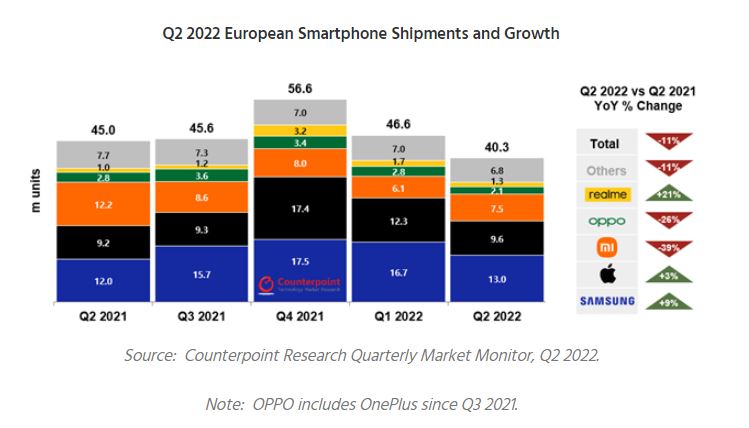
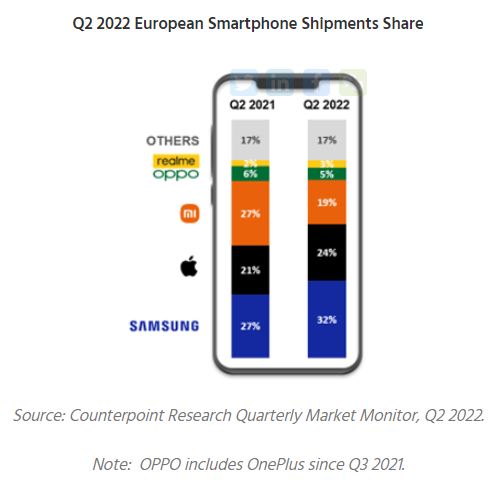
Logitech plans to launch a cloud gaming-based handheld device by the end of 2022. The device will support Microsoft’s Xbox Cloud Gaming and Nvidia’s GeForce Now services. It will also use software developed by Tencent Gaming. Logitech has stated it will partner on the software side with China-based Tencent Games for the new device.(Android Authority, Logitech, Digital Trends)
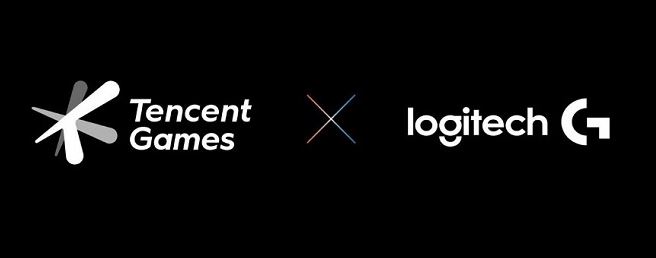

Sony currently has two generations of consoles, the PS4 and PS5, being sold at the same time. The former was released in 2013 and has now entered the end of its life, as Sony stopped reporting PS4 sales for the first time in its latest earnings report. According to the data in Sony’s fiscal year 1Q22 financial report, PS5 sales in the quarter were 2.4M units, an increase of 100,000 units YoY. Since PS4 was released in 2013, VGChartz’s statistics show that its sales have reached 116.96M units, and its sales of nearly 120M units have become the fourth in the world. PS2 is firmly in the first place, Nintendo DS is second, and Gameboy is third.(CN Beta, 199IT, VGChartz, GamerSky)
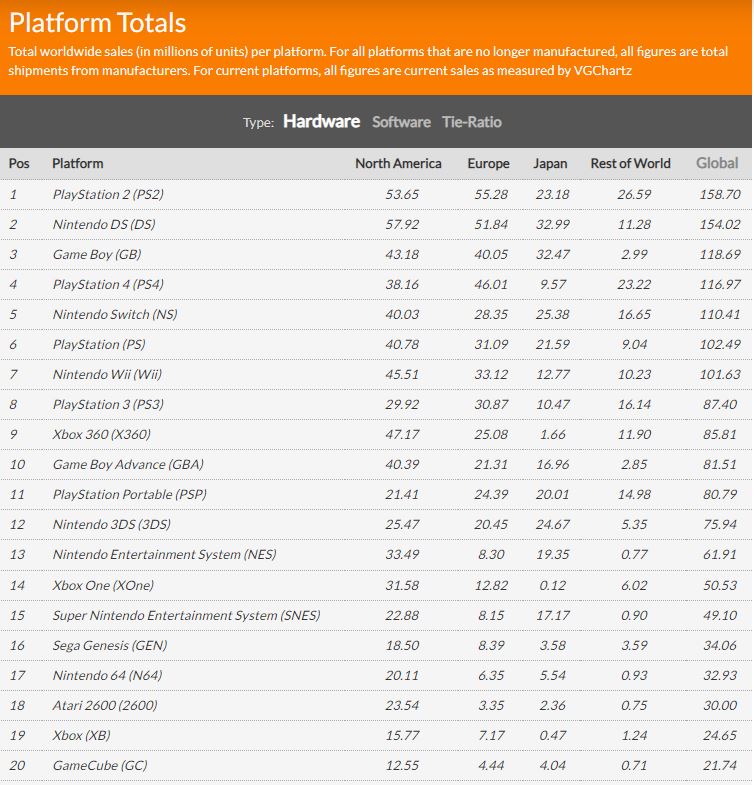
Xiaomi has announced new AR smart glasses in China, the “Xiaomi Mijia Glasses Camera”, powered by Qualcomm Snapdragon 8-series platform. The glasses weigh around 100g. On the left side, a 50-megapixel main camera is included, and a secondary 8-megapixel periscope telephoto camera. The main camera does not offer OIS, but the secondary does. This periscope telephoto camera comes with an f/3.4 aperture lens and offers 5x optical zoom, on top of 15x digital zoom. Sony’s micro OLED screen is included with a peak brightness of 3,000 nits. Xiaomi is also using freeform optical technology with an entry brightness of 1,800 nits. Sony’s display has a pixel density of 3,281 ppi, and a contrast ratio of 10,000:1. They are priced at CNY2,499 (USD370) as part of a crowdfunding campaign. (Android Headlines, CN Beta, Weibo)
